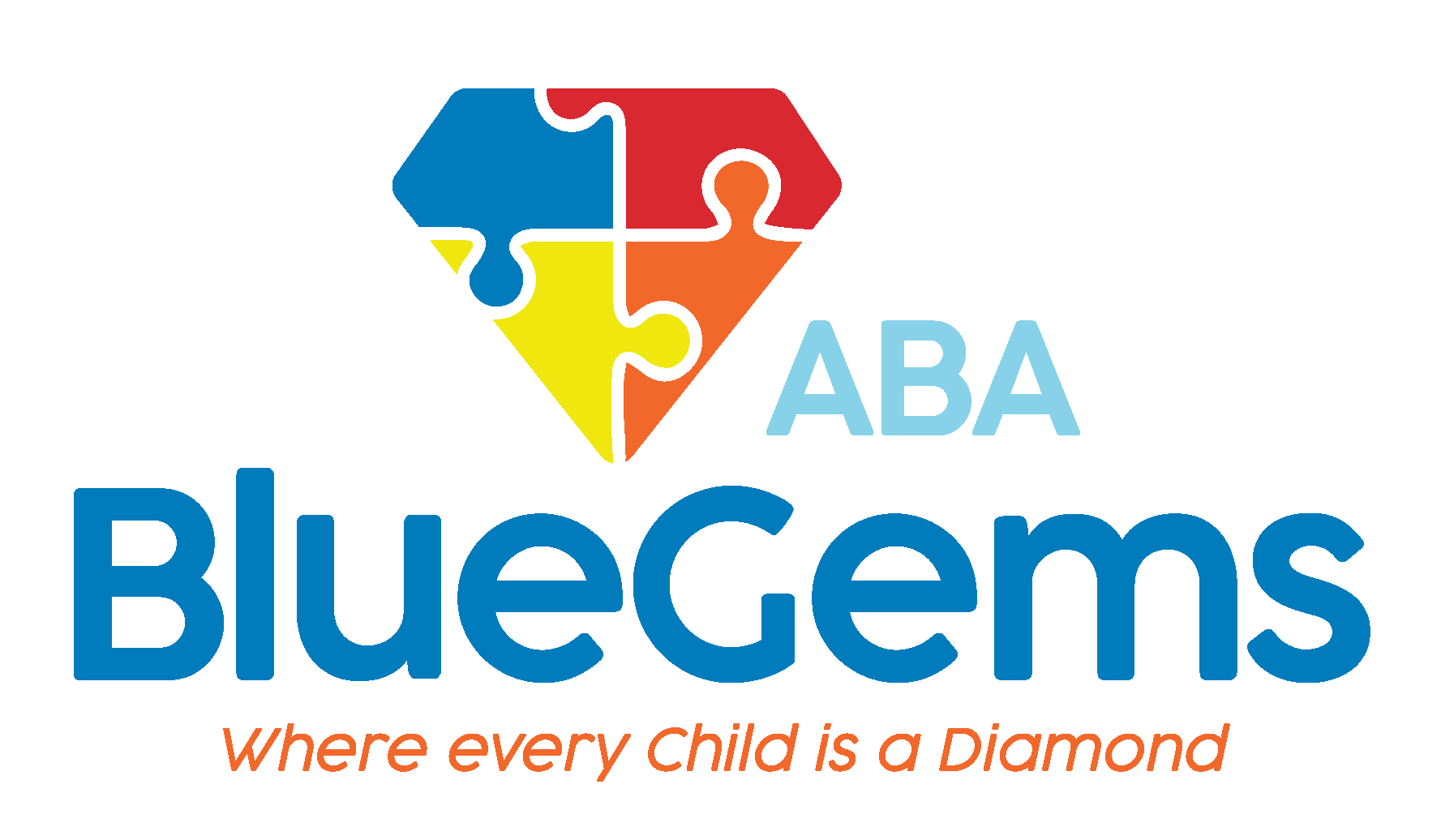Behavioral Momentum in ABA
Many children with autism spectrum disorder (ASD) will exhibit behaviors that are challenging, disruptive and/or harmful. There are many reasons why they may exhibit these behaviors, but a common one is they face difficulties with communication — expressing how they feel, or what they want or need.
Applied behavior analysis, or ABA therapy, helps children on the autism spectrum build these communication skills, as well as their ability to interact in social situations. There are many different strategies that ABA therapists will use to do so, targeting different aspects of the behavior at different points that it is exhibited.
One such strategy is known as Behavioral Momentum. The basis for this strategy is approaching patients with requests that they are more likely to want to do, rather than with requests that you want them to do.
In approaching requests this way, ABA therapists are able to teach not only children the skills they need but also help parents, caregivers, teachers and others to have their requests fulfilled more frequently and successfully.
Let’s take a closer look as to how Behavioral Momentum in ABA therapy works.
Table Of Contents
What is Behavioral Momentum?
Behavioral Momentum is one common strategy that ABA therapy will use to teach children with autism how to replace certain negative behaviors with ones that are more positive and helpful to them.
This strategy is similar to how physics approaches the concept of momentum — only it’s applied to a child’s behavior. It follows the principle of two types of behaviors — low-probability behaviors, or those that you might want them to do, and high-probability behaviors, or those they would want to do.
ABA therapists who use this strategy are approaching the treatment from the child’s perspective. In other words, instead of trying to get them to do something you want them to do, which would likely have a low probability of success, you focus instead on things they would most likely want to do, which would have a higher probability of success.
There are multiple studies that have proven that compliance is increased among children with autism when high-probability behaviors come before low-probability demands.
What Does Behavioral Momentum Entail?
The principle of Behavioral Momentum revolves around building up the child’s behavior. It starts with positive interactions that are designed in a way that the child is most likely to receive them well.
Positive interactions will continue between the therapist and the child, which then will build momentum in the relationship and decrease any resistance that might exist. The more things the child does successfully, the more they expect that the next request will be something that they are interested in doing.
In a way, you can view this as sort of a “warming up” phase, which then eases the child into what comes next — requests that are more challenging for them because they might not be things that they want to do.
The entire process can be broken down into four steps…
- Identify requests that are high-p: The therapist will come up with high-p requests that the child is able to do on their own without hesitating all the time.
- Sequence results: The therapist uses the high-p requests in sequence, presenting the child with a few of these before introducing any low-p requests.
- Differential reinforcement: The therapist will give praise following the completion of every successful task, but will overly praise the child any time they complete a low-p request.
- Reinforce requests that are low-p: Any time that the child completes a low-p request, it’s important for the therapist to immediately reinforce it. This should be done with something powerful, such as rewarding them with a toy they love or an activity they like to do.
Following these steps, the ABA therapist can then use what they’ve learned — and how the child has responded — to approach other low-p requests. In doing so, they can predict the challenges that the child may face, and then teach them how to overcome those challenges using the sequence laid out above.
Help Your Child with Autism Overcome Challenges with Blue Gems ABA
Behavioral Momentum is an effective strategy that ABA therapists will use to teach children how to overcome the challenges they face with communication, social interactions and behavior in general. It is built on the principle of momentum, which is built through positive interactions before making challenging requests.
At Blue Gems ABA, we help children with autism overcome the challenges they face by administering ABA therapy on a one-to-one basis. Our team of BCBAs creates personalized treatment plans for each individual child that focus on their unique strengths and challenges — helping them to live happier, healthier and more independent lives.
To learn more, please contact us today.




